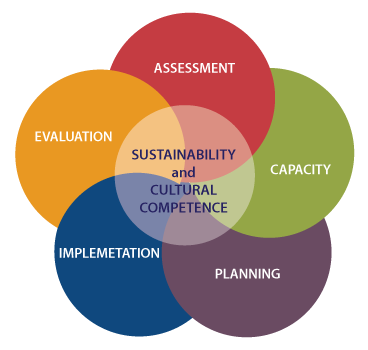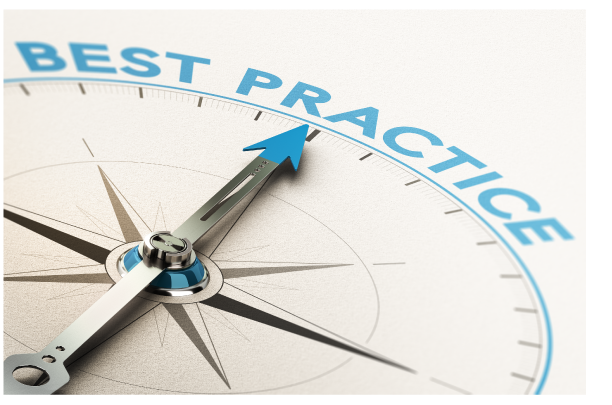Home > ASSESSMENT - Tools
 Strategic Prevention Framework Step 1: Assessment
Strategic Prevention Framework Step 1: AssessmentAssessment, the first step of the SPF, involves identifying local prevention needs based on data. Below are tools to support your work. For more assessment resources, visit our training and examples pages.

Practitioners working on opioid overdose prevention efforts can use this tool to:
Prioritizing risk and protective factors is a crucial part of the Strategic Prevention Framework (SPF) planning process. Different criteria can be used to prioritize risk and protective factors. Communities often use two of these — importance and changeability — to decide which risk or protective factors to address. This document describes these two criteria in further detail.
To conduct a comprehensive assessment of prevention needs, you need to gather data about the substance use and misuse problems and related behaviors; risk and protective factors for the priority problems; and capacity, including resources and readiness, for the prevention activities. This document defines problems and behaviors, recommends questions to guide your community assessment, and provides criteria to help you determine your community's priority substance use problem.
This guide will provide you with a brief overview of the Strategic Prevention Framework and how this assessment might differ from those you may have done before. The guide will then lead you step by step through the activities required to assess local needs and capacities. If you follow these steps, the end result will be an assessment report that outlines substance consumption patterns and related consequences in your community, identifies some of the causal factors present, and assesses your community’s readiness and capacity to engage in evidence-based prevention activities. This report will serve as the foundation upon which you will build your strategic plan for strengthening capacity and implementing evidence-based prevention practices.

This fidelity checklist for the first step of the Strategic Prevention Framework provides a tool for measuring the coalitions fidelity to the process. The tool will help guide the prevention program, coalition, or community to achieve behavioral health outcomes in substance abuse prevention.The fidelity checklist provides clear parameters about how fidelity will be measured over time. This document can be used both as a self-evaluation tool, as well as a tool your program coordinator can use to guide training, technical assistance, and support.